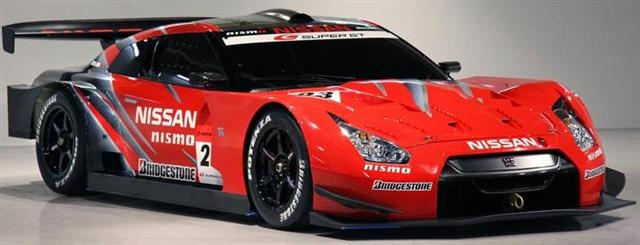Shot peening is a cold working process in which the surface of a part is bombarded with small spherical media called shot. Each piece of shot striking the material acts as a tiny peening hammer, imparting to the surface a small indentation or dimple. In order for the dimple to be created, the surface fibres of the material must be yielded in tension. Below the surface, the fibres try to restore the surface to its original shape, thereby producing below the dimple, a hemisphere of cold-worked material highly stressed in compression. Overlapping dimples develop an even layer of metal in residual compressive stress. It is well known that cracks will not initiate or propagate in a compressively stressed zone. Since nearly all fatigue and stress corrosion failures originate at the surface of a part, compressive stresses induced by shot peening provide considerable increases in part life. The maximum compressive residual stress produced at or under the surface of a part by shot peening is at least as great as half the yield strength of the material being peened. Many materials will also increase in surface hardness due to the cold working effect of shot peening.
Benefits obtained by shot peening are the result of the effect of the compressive stress and the cold working induced. Compressive stresses are beneficial in increasing resistance to fatigue failures, corrosion fatigue, stress corrosion cracking, hydrogen assisted cracking, fretting, galling and erosion caused by cavitation. Benefits obtained due to cold working include work hardening, intergranular corrosion resistance, surface texturing, closing of porosity and testing the bond of coatings. Both compressive stresses and cold working effects are used in the application of shot peening in forming metal parts.
Today, Shot Peening involves bombarding a material with small spherical media called shot. Each piece of shot is the modern day version of the hammer/ stone used in the past. As the Shot Peening is performed, the atoms on the surface of the metal become crowded and try to restore the metal's original shape by pushing outward. This pulls, towards the surface, the atoms in the deeper layers, which resist the outward pull, thereby creating internal tensile stress that keeps the part in equilibrium with the compressive stress on the surface. The tensile stresses, resulting from Shot Peening, deep in the part are not as problematic as tensile stresses on the surface because cracks are less likely to start on the interior..
Is it wise to send campro crankshaft for this kind of surface treatment ? All is about cost effective or not . Going to check price for this kind of service. Will update at here once got the answer from the service body
Monday, March 24, 2008
Subscribe to:
Post Comments (Atom)









.jpg)
No comments:
Post a Comment
Pls put your comment here.
Include your nick pls